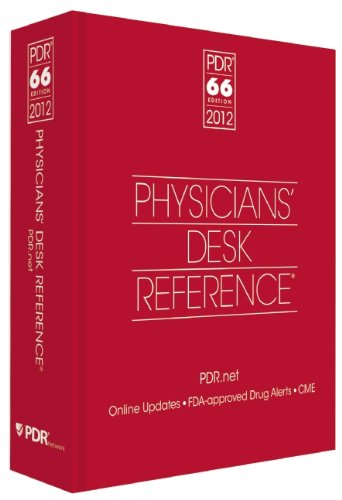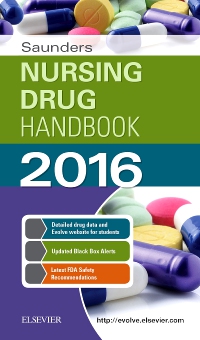Additional Sources of Drug Information
Published .
United States Pharmacopeia (USP)
The United States Pharmacopeia (USP) is a pharmacopeia (compendium of drug information) for the United States published annually by the United States Pharmacopeial Convention (usually also called the USP), a nonprofit organization that owns the trademark and also owns the copyright on the pharmacopeia itself. If a drug ingredient or drug product has an applicable USP quality standard (in the form of a USP-NF monograph), it must conform in order to use the designation “USP” or “NF”. Drugs subject to USP standards include both human drugs (prescription, over-the-counter, or otherwise) and animal drugs. USP-NF standards also have a role in US federal law; a drug or drug ingredient with a name recognized in USP-NF is considered adulterated if it does not satisfy compendial standards for strength, quality or purity. USP also sets standards for dietary supplements and food ingredients (as part of the Food Chemicals Codex). USP has no role in enforcing its standards; enforcement is the responsibility of the U.S. Food and Drug Administration (FDA) and other government authorities in the United States.
Physicians Desk Reference (PDR)

The Prescriber’s Digital Reference (PDR) is a compilation of manufacturers’ prescribing information (package insert) on prescription drugs, updated regularly. The original PDR was titled “Physician’s Desk Reference” but was renamed because not all prescribers are physicians and the reference is no longer a hardback book stored on a desk. While designed to provide physicians with the full legally mandated information relevant to writing prescriptions (just as its name suggests), it is widely available in libraries and bookstores, widely used by other medical specialists, and sometimes valuable to the layman. The compilation is financially supported in part by pharmaceutical manufacturing corporations which create drugs listed within its pages. The 71st Edition, published in 2017, was the final hardcover edition. It weighed in at 4.6 pounds and contained information on over 1,000 drugs. Since then, the PDR is available online (PDR.net) for free, and has been integrated into some electronic health record (EHR) systems. PDR.net also links to a free mobile app.
Drug Package Inserts
A package insert is a document included in the package of a medication that provides information about that drug and its use. For prescription medications, the insert is technical, providing information for medical professionals about how to prescribe the drug. Package inserts for prescription drugs often include a separate document called a “patient package insert” with information written in plain language intended for the end-user—the person who will take the drug or give the drug to another person, such as a minor. Inserts for over-the-counter medications are also written plainly.
In the United States, labelling for the healthcare practitioner is called “Prescribing Information” (PI), and labelling for patients and/or caregivers includes “Medication Guides”, “Patient Package Inserts”, and “Instructions for Use”. Similar documents attached to the outside of a package are sometimes called outserts.
Drug Handbooks

There are various publications available to healthcare providers of all levels that are designed to provide an organized drug handbook based on information from the USP. Some sources are online, others are printed. All designed for easy access to information.
